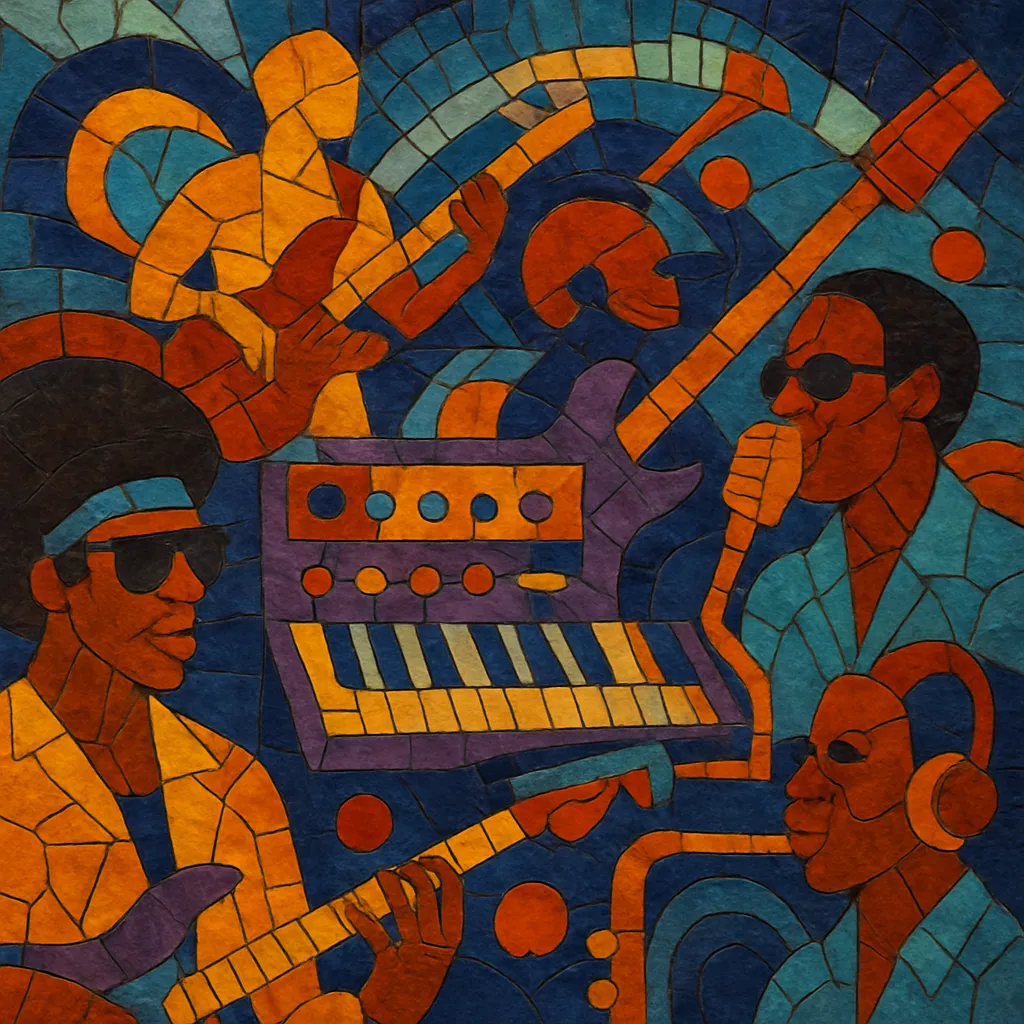
Funktronica is a hybrid of classic funk grooves and modern electronic production. It keeps the syncopated basslines, soulful chords, and call‑and‑response riffs of funk, while embracing drum machines, synthesizers, sampling, and digital sound design.
The result is a glossy, dance‑forward style that can swing between four‑on‑the‑floor house energy and broken‑beat swagger. Artists often blend live instruments—bass, guitar, horns, talkbox/vocoder—with DAW‑driven beats, sidechain pumping, and effects to create a retro‑meets‑future feel.
Funktronica’s DNA traces to 1980s electro‑funk and boogie, where drum machines (TR‑808/909), synth bass, and slap‑funk sensibilities merged. In the 1990s, big beat, French house, and broader electronica popularized sample‑driven, disco/funk‑inflected dance music, laying a cultural and technical groundwork.
By the 2000s, affordable DAWs and soft synths enabled producers to combine live funk instrumentation with electronic workflows. Acts across the U.S. jam scene and the French electro/disco revival helped normalize a sleek, funk‑centric electronic aesthetic that bloggers and fans began informally calling “funktronica.”
The 2010s saw a surge of mid‑tempo, groove‑driven "electro‑soul" and glitch‑tinged funk on festival stages. Saxophones, talkbox hooks, and neon‑sheen synths became calling cards, as touring live‑electronic acts and DJ/producers alike adopted funk‑first writing with club‑ready production.
Funktronica continues to evolve alongside indie dance, nu‑disco, and electro R&B. Producers blend jazz‑funk harmony with modern sidechain compression, analog‑style synths, and crisp digital drums, moving fluidly between studio‑polished tracks and hybrid live/DJ performances.

